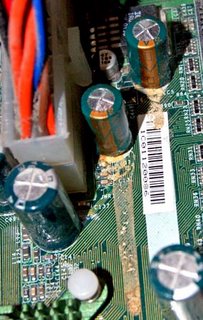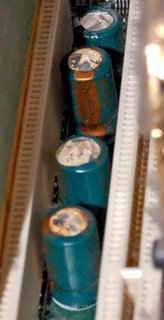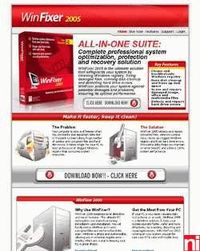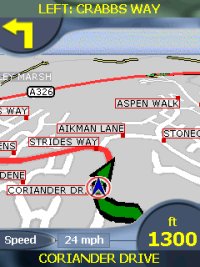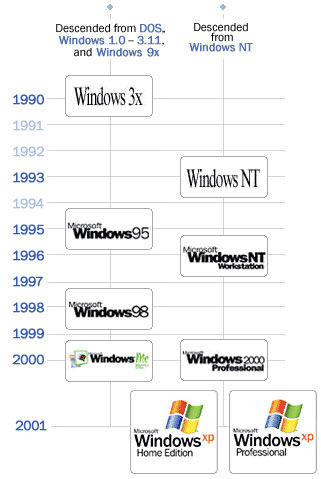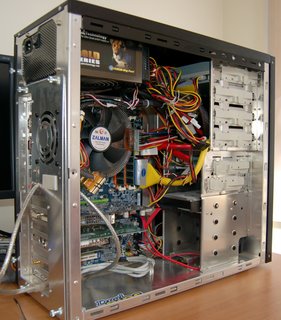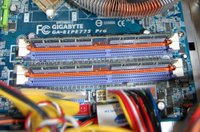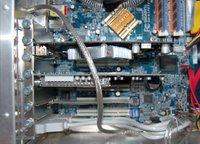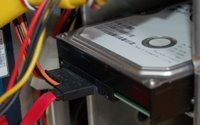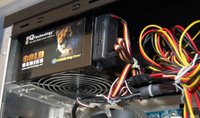 While visiting a customer recently, and after the work on his PC was completed, he insisted I had a look at the custom home theatre that he had installed in his newly-built home. And very nice it was too. The centre piece of his set-up was a wall-mounted 50" Pioneer plasma high-definition TV supplemented by a Bose surround-sound speaker system and hard disk media server, all with hidden wiring leading to a very clean appearance that even the most fussy of spouses would find it difficult to complain about.
While visiting a customer recently, and after the work on his PC was completed, he insisted I had a look at the custom home theatre that he had installed in his newly-built home. And very nice it was too. The centre piece of his set-up was a wall-mounted 50" Pioneer plasma high-definition TV supplemented by a Bose surround-sound speaker system and hard disk media server, all with hidden wiring leading to a very clean appearance that even the most fussy of spouses would find it difficult to complain about.I was sat down and treated to a visual and aural treat as he fired up his Sky HD box and switched on Discovery HD. The subject of the documentary that was playing was fighter jets, and the footage of the view from the cockpit of one of the jets as it engaged in a mock dogfight with two others was breathtaking. The difference between HDTV and regular colour TV is almost as big as the difference between black and white and colour TV, it really is jaw-droppingly good. I was thoroughly impressed and experienced a bout of HDTV lust on the spot.
When I returned home I looked at my 12 year-old 26" TV with contempt and started to plan its imminent trip to the Ballyogan recycling centre. But before I got carried away I decided to think about what I would watch on my spanking new HDTV when I had it installed. And this is where the wheels started to come off the wagon.
The majority of our viewing consists of Channel 4, BBC1 and BBC2 with a bit of the RTEs thrown in for good measure (we're not a SKY household because Sports programs are low on our agenda). And here's the rub, these channels are not currently broadcast in HD and, from what I can gather, they won't be broadcast in HD for some time yet. I could migrate to Sky HD for a selection of HD channels (Sky One, Discovery, National Geographic) but would I actually watch these channels and, if so, would it be just for the sake of HD rather than content and interest?
Another issue is the DVD library that we've built up of our favourite movies and television series. These were produced pre-HD, and when displayed on a HD TV will look no different from on a regular TV. If we want to enjoy these in glorious HD we will have to fork out on a Blu-ray or HD-DVD player and re-purchase our DVDs in HD formatted discs - an expense that can't be justified for the benefit that it may bring.
So, when it's all added up and HD-ready flat screen TVs now abound, it transpires that we ourselves are not HD-ready just yet and our trusty12 year-old CRT TV is not going to be taking a trip to Ballyogan just yet. Maybe next Christmas....



